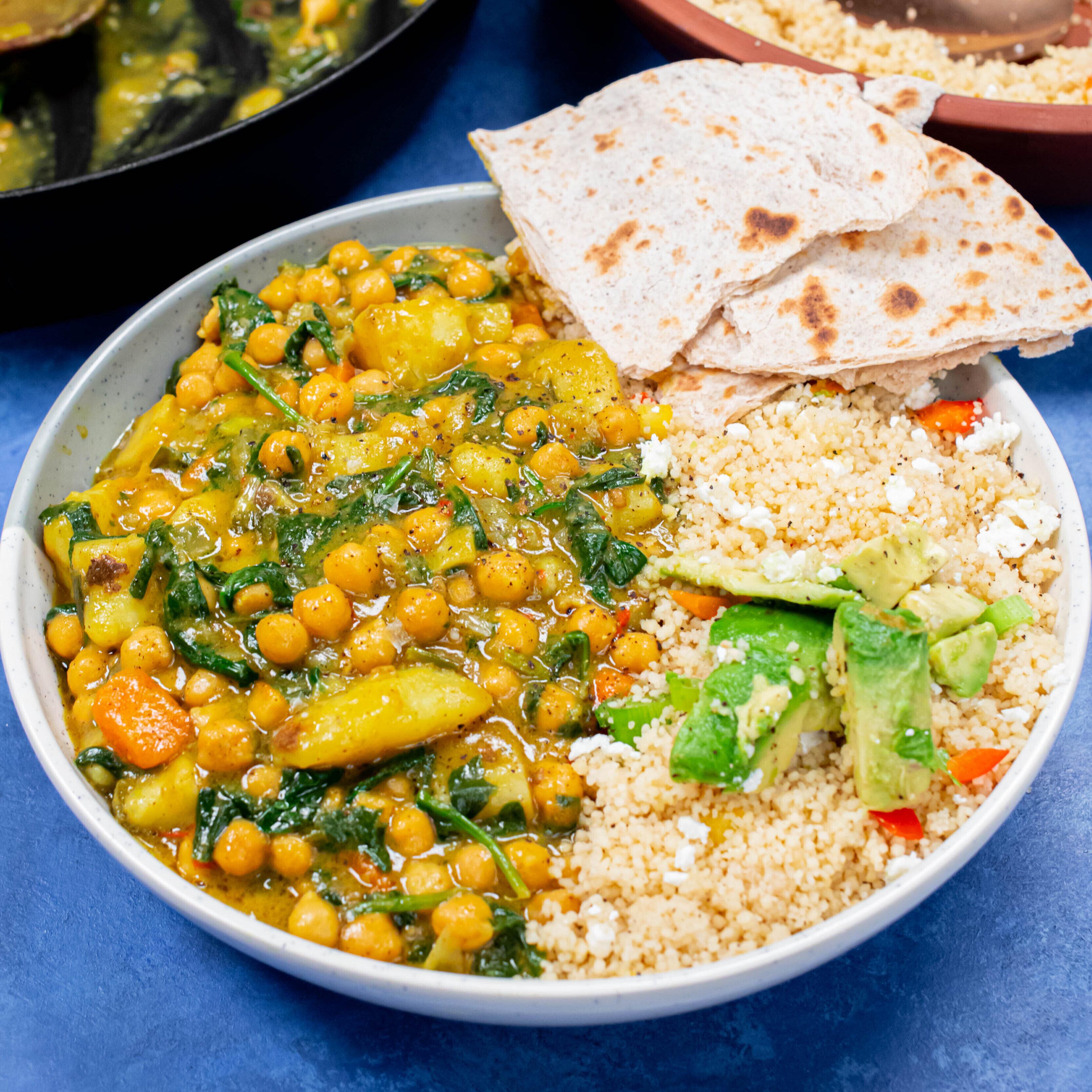We’ve tried to answer all of your most frequently asked questions about how healthy Indian food is in a nutshell. If there’s anything we’ve failed to answer, please don’t hesitate to get in touch.
What are the key nutritional aspects of Indian cuisine?
Indian cuisine excels in providing you with proteins from lentils, fibre from vegetables, and essential nutrients from spices. Most of the dishes contain a pretty holistic nutritional profile.
How can spices used in Indian cooking benefit health?
Spices in Indian cooking, like turmeric and ginger, can contribute to health by providing anti-inflammatory and digestive benefits.
Are there any low-calorie options in Indian food?
Yes, Indian cuisine offers delightful low-calorie options, with choices like grilled chicken and vegetables as well as vegetable-based curries and salads.
How can I incorporate Indian food into a healthy diet?
Incorporate Indian food seamlessly into your diet (if it’s not a staple part of it already) by choosing lean proteins, plenty of vegetables, opting for whole grains when possible, and moderating portion sizes. You can still have a big decadent curry, but maybe stick to one bowl instead of two.
What are the healthiest choices in Indian vegetarian cuisine?
The healthiest choices in Indian vegetarian cuisine include any dishes with nutrient-dense vegetables, protein-rich legumes, and plant-based sources of essential nutrients. Think saag aloo.
How does Indian food fit into a balanced diet?
Very easily. Indian food, as a whole, tends to provide a diverse range of nutrients, including proteins, fibres, and essential vitamins, when consumed in moderation.
Are there any healthy alternatives to popular Indian dishes?
Yes, plenty. You can make your own healthier alternatives to classic Indian dishes by using leaner proteins like chicken breasts as well as incorporating more vegetables to replace some of the simpler carbohydrates.
Can Indian food be suitable for weight loss diets?
Absolutely, Indian food can be part of a weight loss diet with mindful choices, such as opting for grilled items, choosing lighter curries, and controlling portion sizes.
What are common misconceptions about the healthiness of Indian food?
Too many people associate all Indian food with heavy curries and fail to recognise the diversity of healthy options available. We hope this feature has hopefully dispelled some of those notions.
How can I make traditional Indian recipes healthier at home?
You can make a range of traditional Indian recipes a tad healthier by reducing the use of oil, you use choosing lean proteins, increasing vegetable content, and experimenting with healthier cooking methods.
What are the best Indian dishes for health-conscious eaters?
Opt for dishes with lean proteins, plenty of vegetables, and balanced flavours, such as tandoori chicken, vegetable curries, and lentil-based dishes. If you’re ever in doubt when you’re eating out, make sure to speak to the staff! They’ll be able to point you in the right direction.
How does the use of dairy in Indian cuisine affect its healthiness?
Dairy in Indian cuisine contributes essential nutrients like calcium, but health-conscious individuals can choose low-fat options or explore dairy alternatives for a balanced approach. Instead of full-fat yoghurt, go for low-fat Greek yoghurt.
Can Indian food cater to gluten-free diets?
Yes, Indian cuisine can cater to gluten-free diets with options like rice-based dishes, lentils, and gluten-free grains like quinoa. Peshwari Naan is delicious but you’ll probably have to give it a swerve.
